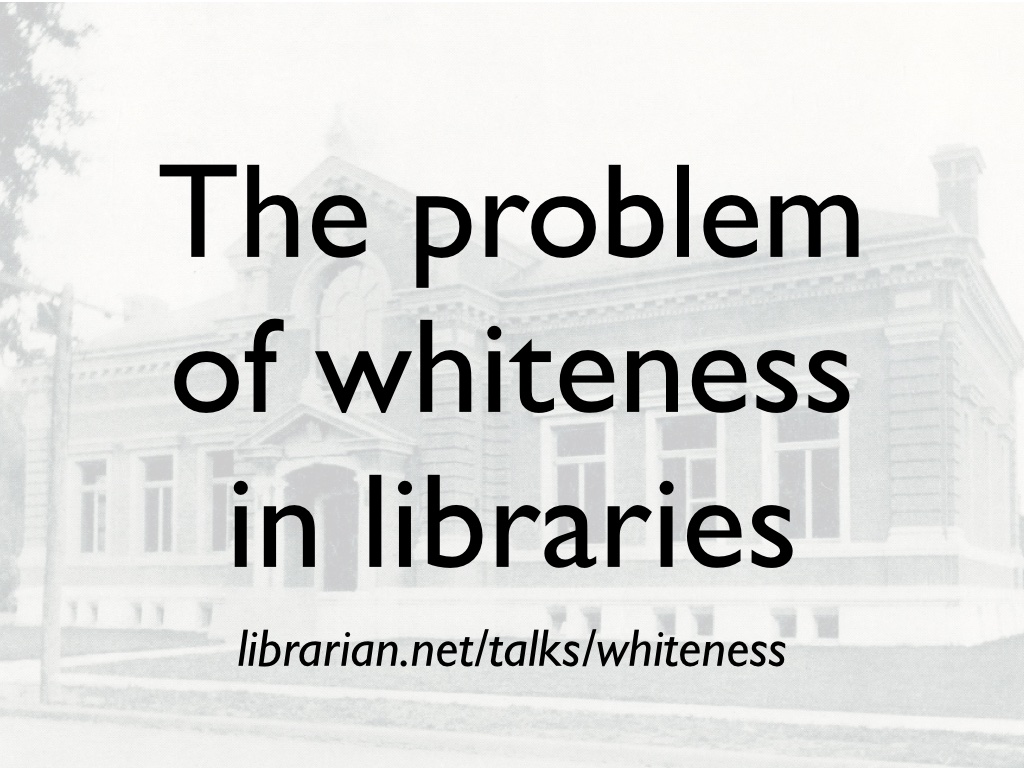
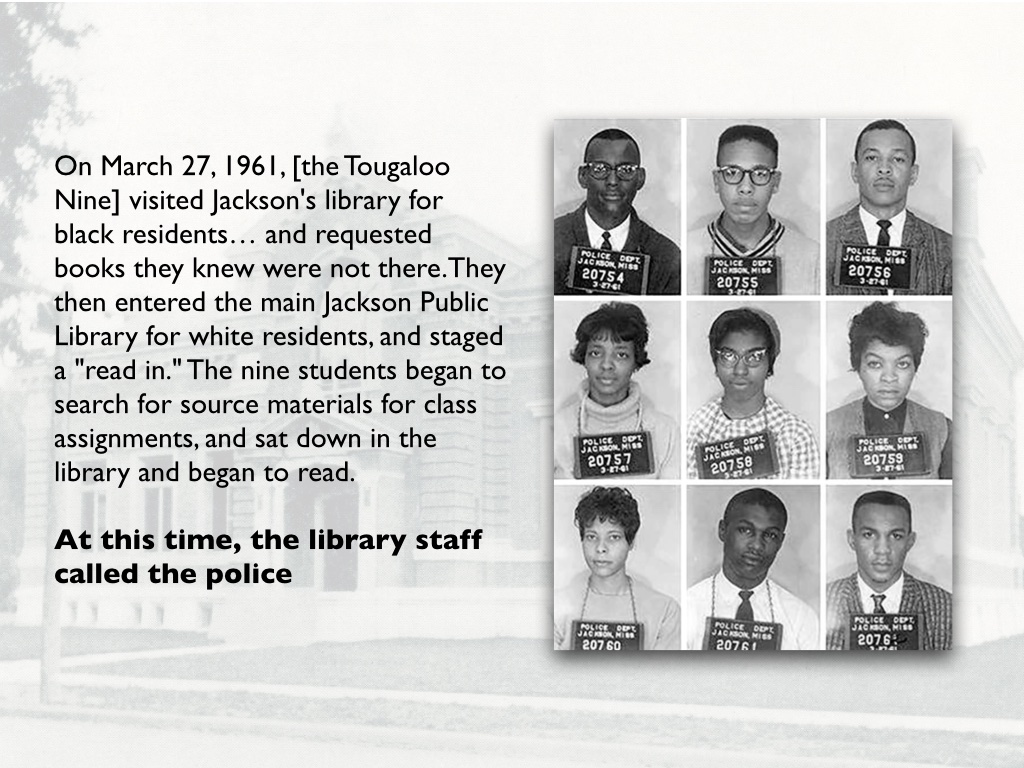
When thinking about the problem of Whiteness in libraries it is good to remember that this isn't just a random thing that happened, but a problem that was built on top of structural racism within the United States. People in librarianship then made choices to make these situations better, or worse, within living memory.
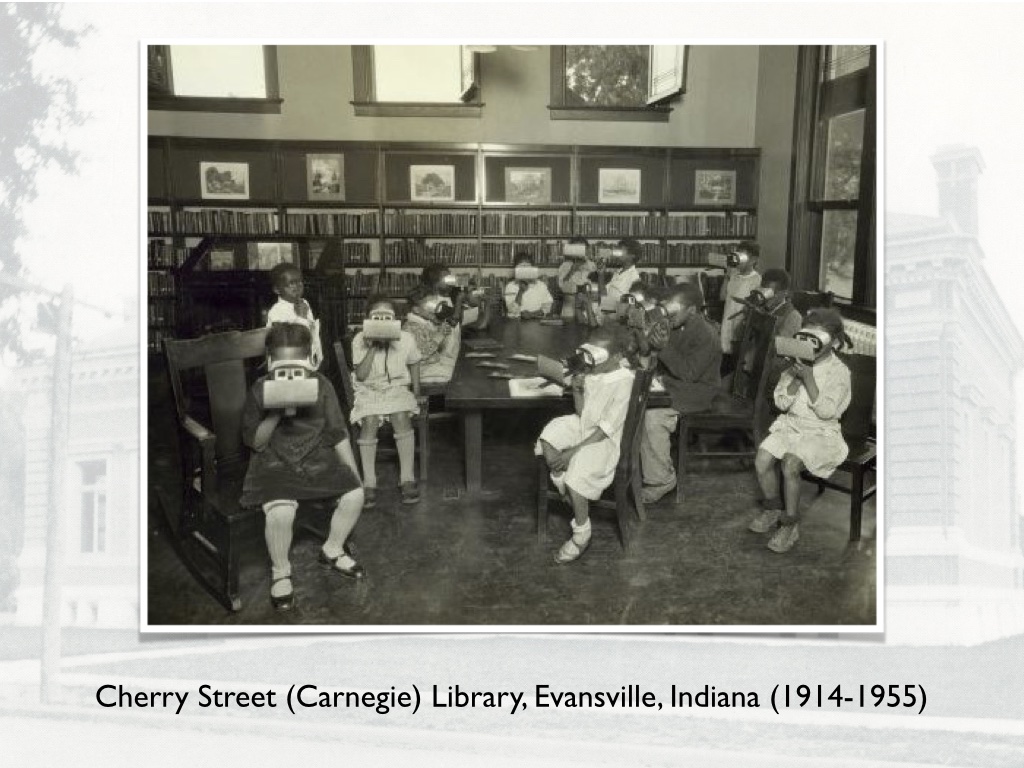
I've been doing a project to make sure state library associations have Wikipedia pages. Many didn't. Putting these pages together meant delving into a lot of library association history. While Carnegie doled out money to build White and Black libraries (mostly White), he could have used his immense financial power as leverage to lobby for different outcomes, to lobby against segregation. He didn't.
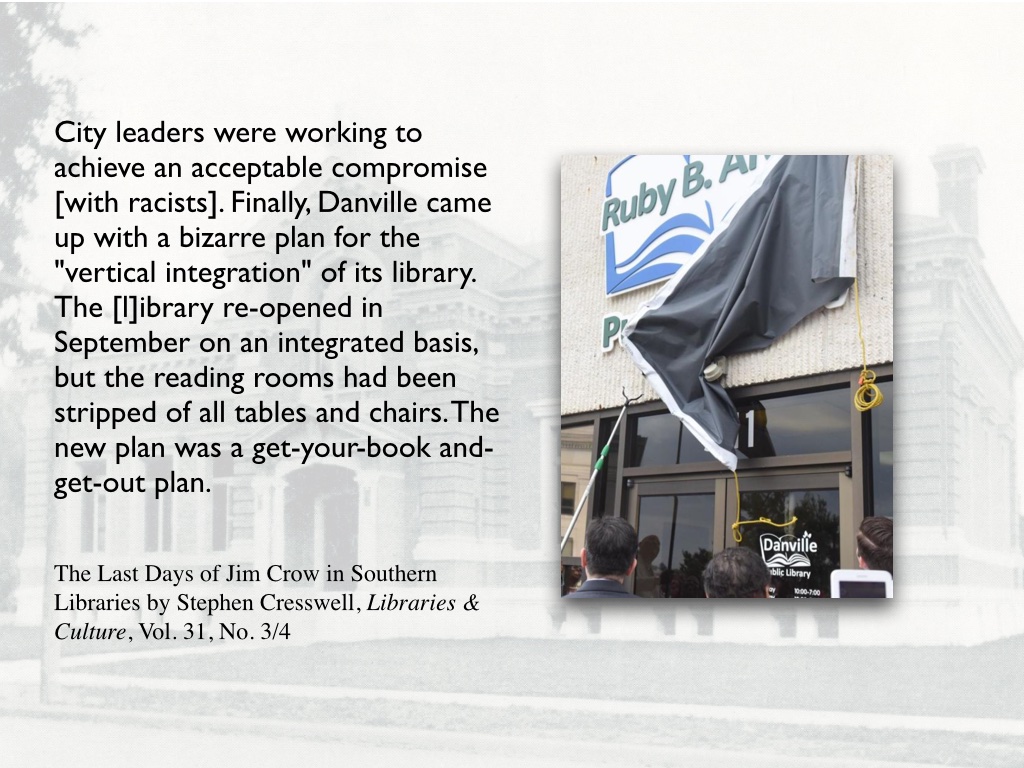
This theme--what can you do with your power and how much do you shrug and say "Well that's just the way things are."--was seen repeatedly in the complicated history of library associations during the US's period of legalized racism in the form of segregation laws."all patrons would need to acquire new library cards by October 1, 1960, at a cost of $2.50 to use the libraries themselves or 50 cents for use of the bookmobile only"
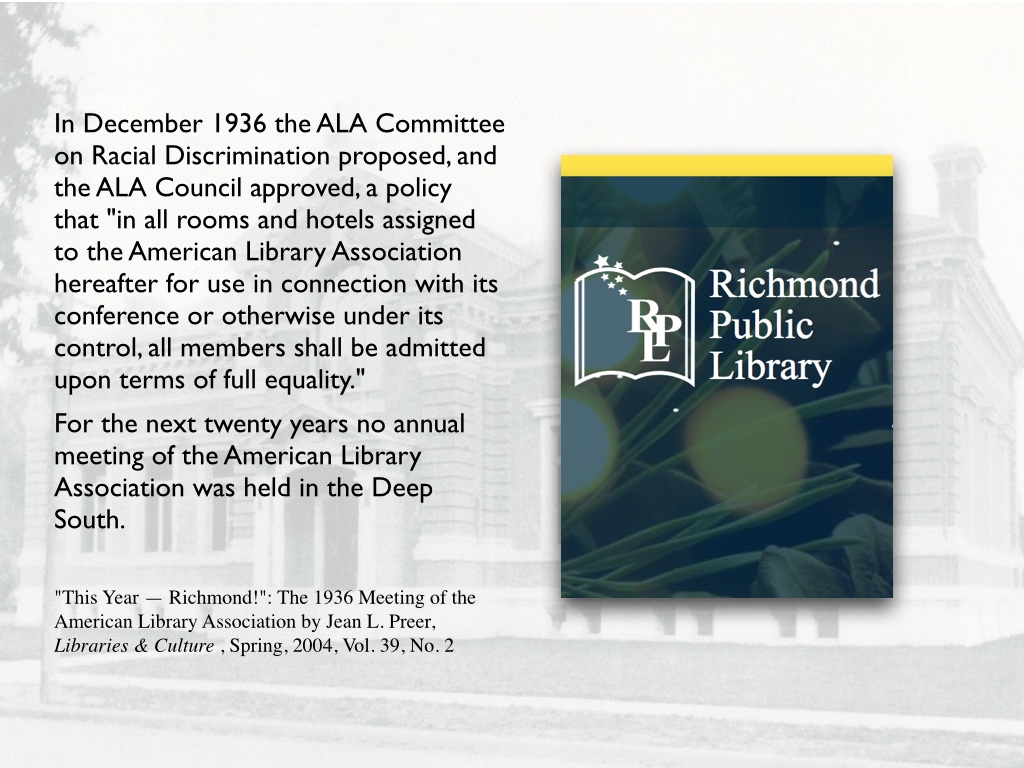
The American Library Association held a library conference Richmond, Virginia in 1936. Virginia was segregated. Black librarians couldn't legally attend many conference sessions, and couldn't eat meals at official conference events. Conference reports often were in passive voice "Black librarians were barred from many sessions... due to segregation" instead of a more active voice "ALA chose a conference location where Black librarians were unwelcome."
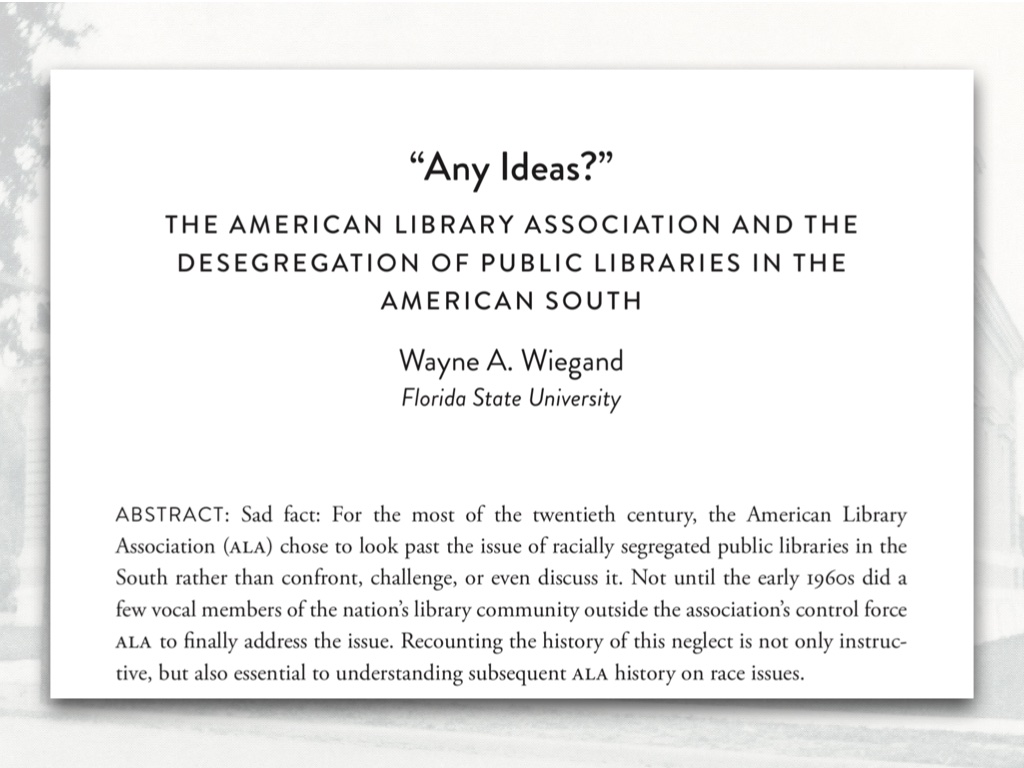
ALA later instituted a policy forbidding library conferences in segregated states. They did not meet again in the South until Miami Beach in 1956. It's worth noting that the Virginia Library association, rather than put up with the racist unfairness that was the segregation laws, chose to have an integrated association and met in places where the segregation laws wouldn't apply, such as churches and high schools (schools were segregated but could be used for meeting areas for people of any race)
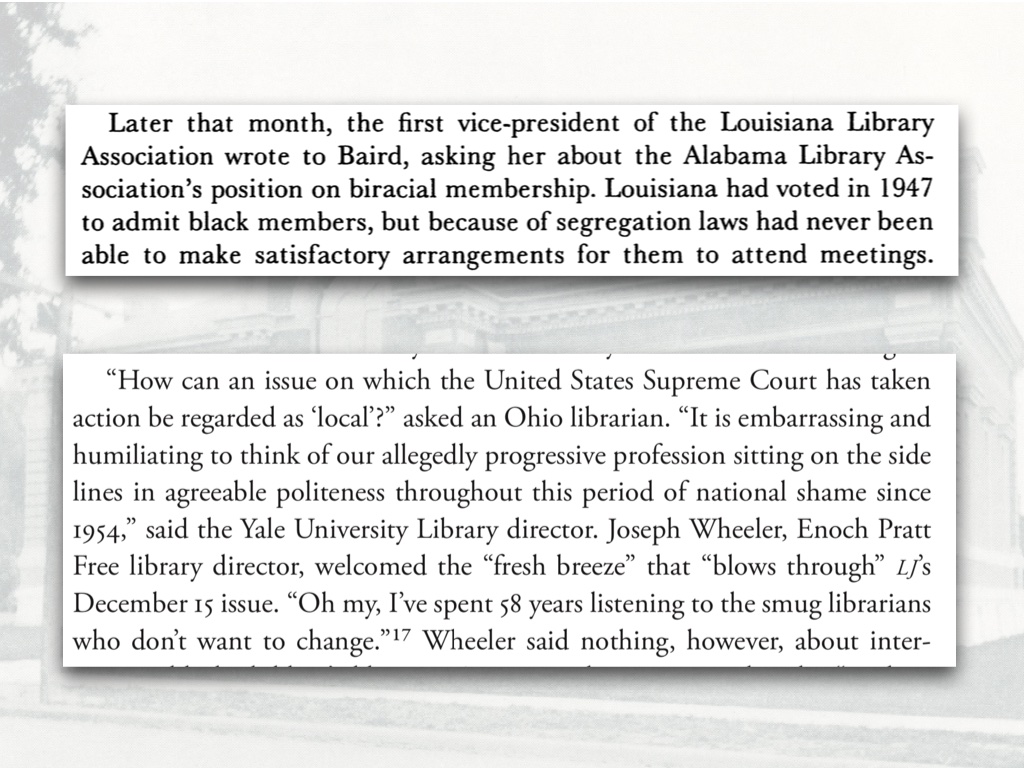
Many Southern states had de facto segregated library associations. When queried, you again would see the passive voice "library associations... reported no formal barriers to membership but reported that most African Americans chose not to join."
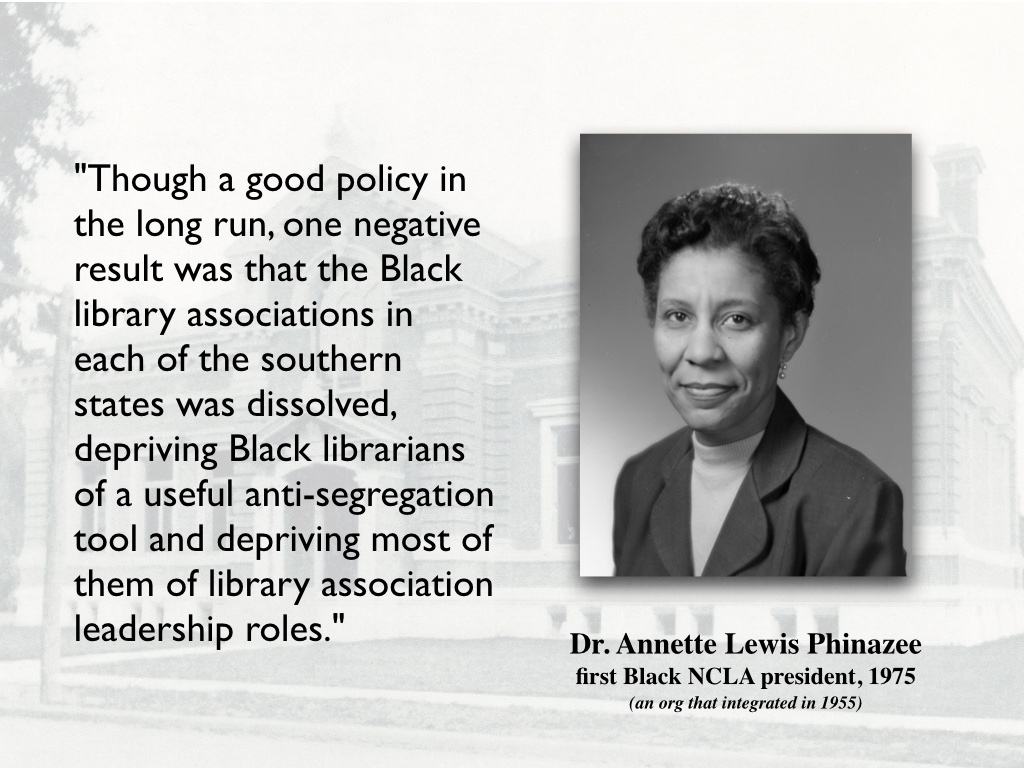
In 1954, ALA barred states from having 2 separate state chapters within the ALA. My favorite Wikipedia article to write was the short history of the North Carolina Negro Library Association which had a mostly-amicable merging with the NCLA during this time. Florida had a library association which was part of the state educational association and I've had a hard time finding information on.
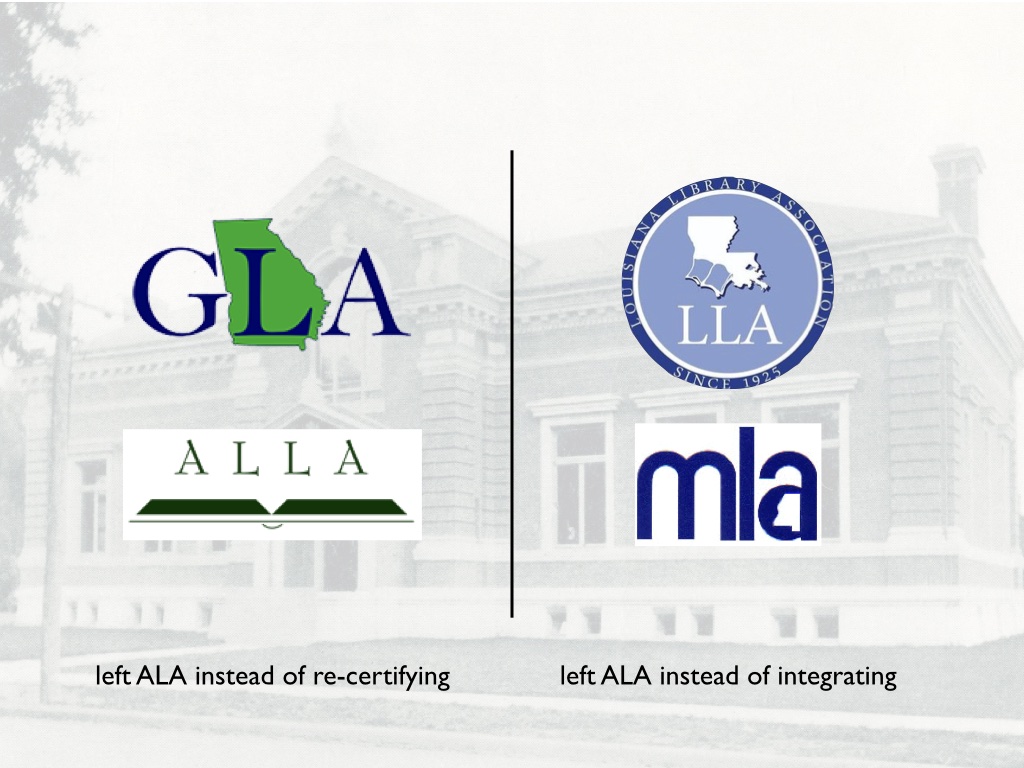
In 1961 ALA passed a policy requiring state chapters to re-certify and affirm that they did not practice discrimination within their chapters. In response, Louisiana and Mississippi chose to leave ALA rather than integrate. Alabama and Georgia left ALA rather than recertifying. You can bet that information is on their Wikipedia pages now. All state associations were forced to integrate after the Civil Rights Act of 1964 passed.
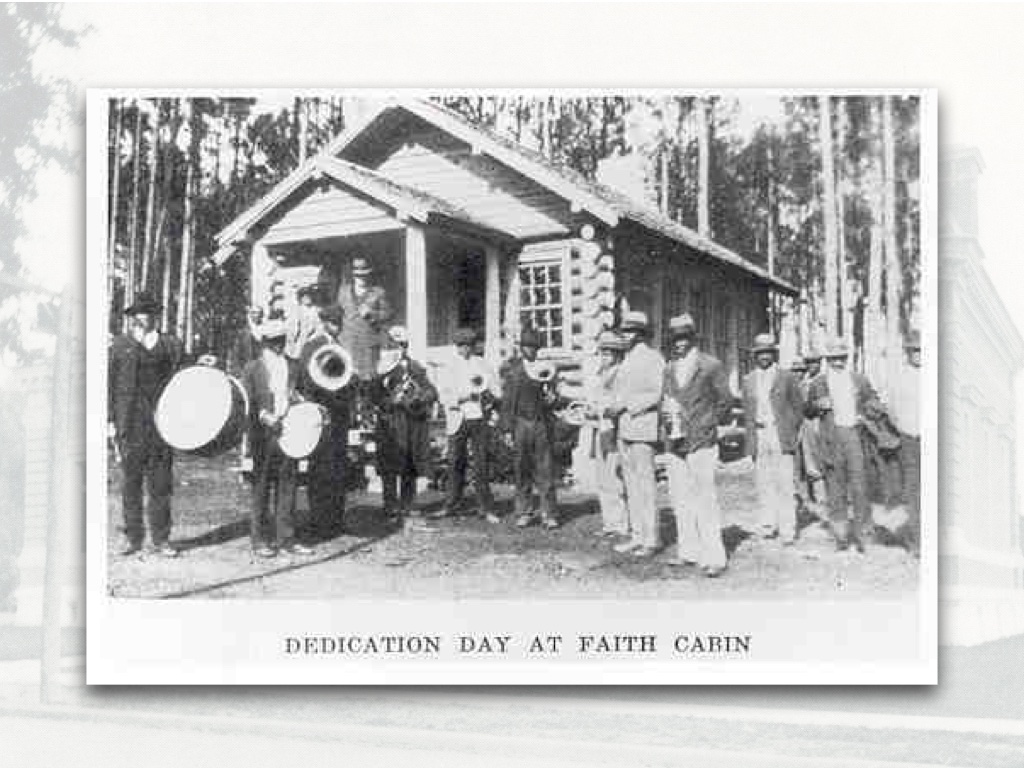
I think about looking for the helpers. The Virginia Library Association decided to have its meetings in schools and bring in their own food so that all their members could be together. The Danville Public Library was renamed for a local black leader and educator, the first public building named for a woman in Danville. The Faith Cabin Library project built nearly a hundred libraries for Black students mostly in South Carolina and Georgia when their schools didn't have libraries and the kids weren't allowed in the public libraries
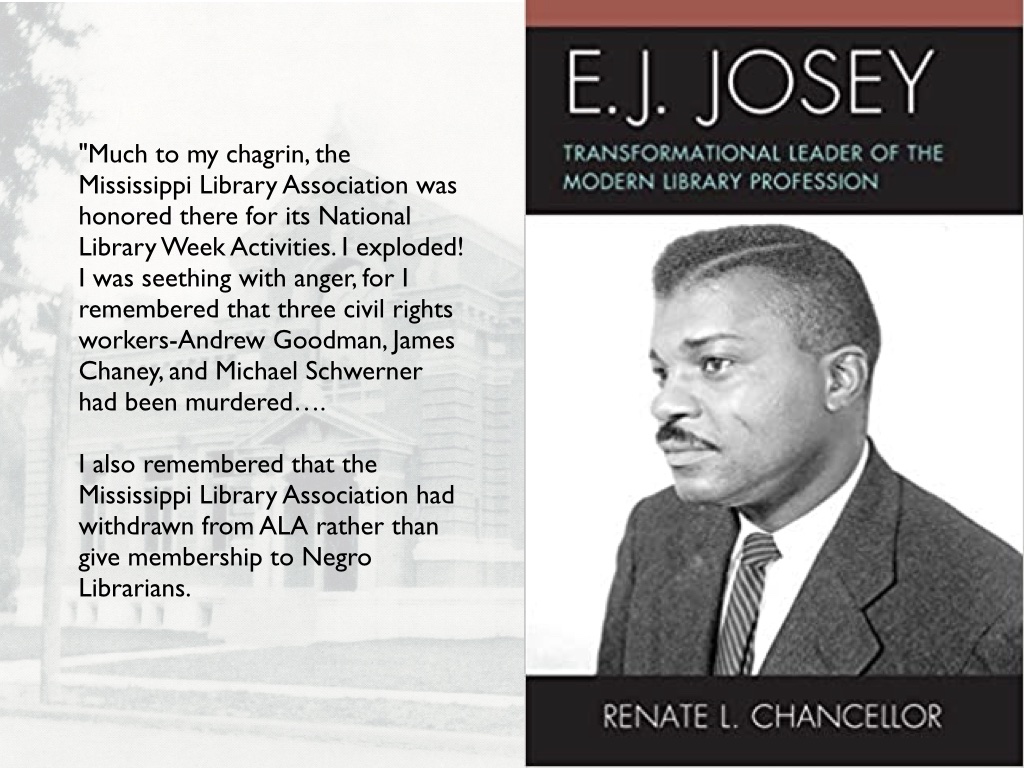
E. J. Josey went on from lobbying ALA to change their racist policies--authoring the resolution forbidding Association officers and staff from participating in state associations that deny membership to black librarians, the first black librarian to be accepted as a member of GLA--to being president of the association in 1984. ALA has a Black Executive Director, a Black President and will have its first Asian-American president in 2021. The Librarian of Congress, whose job has not been easy under this administration, is a Black woman who has radically transformed the LOC.
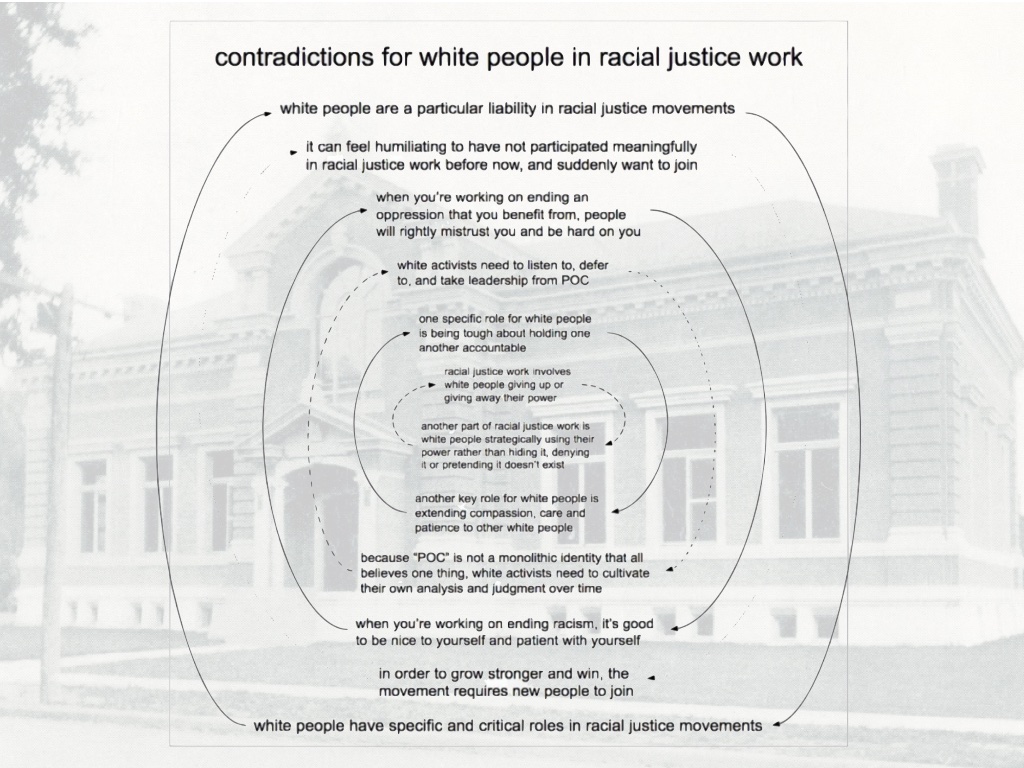
Jason Broughton is the first Black state librarian in Vermont's history and has been part of some great anti-racism work including discussions about discussions of anti-racism. We muddle forward together, but we should do better. It's a tricky issue because your relationship to it depends, somewhat on your background and your history. I come at this, personally, from a "white people in racial justice work" framework but also a Jewish white woman in Vermont. There are conflicts. There are overlaps. This is the beginning, not the end of the work.
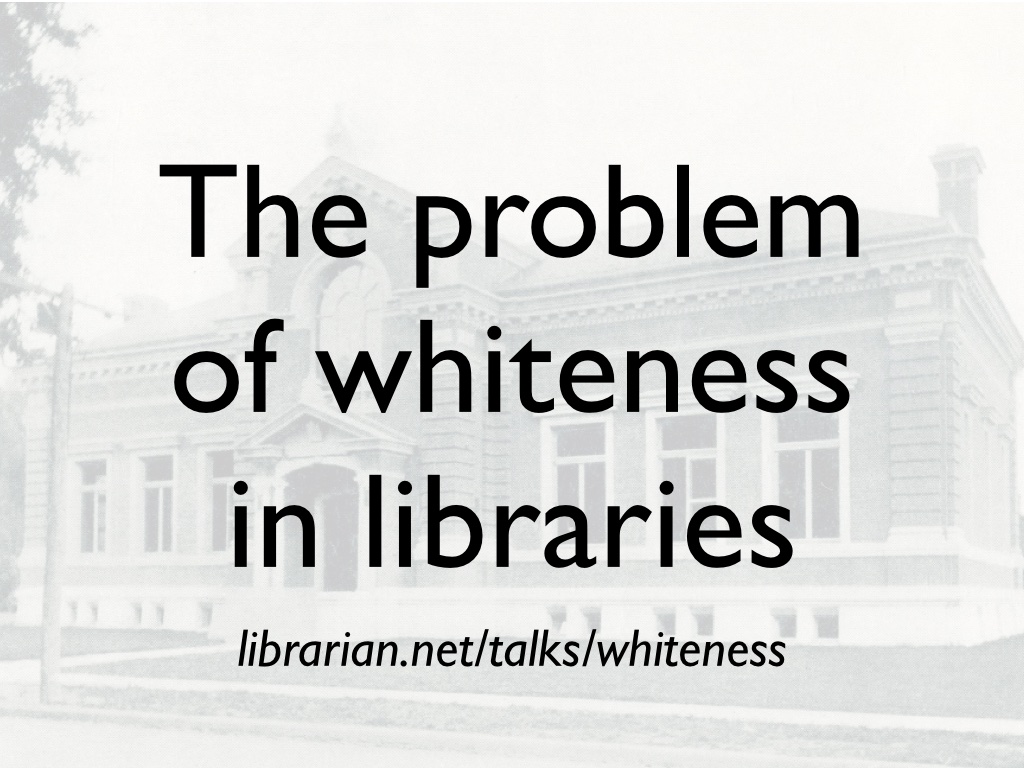
Thank you for your time.